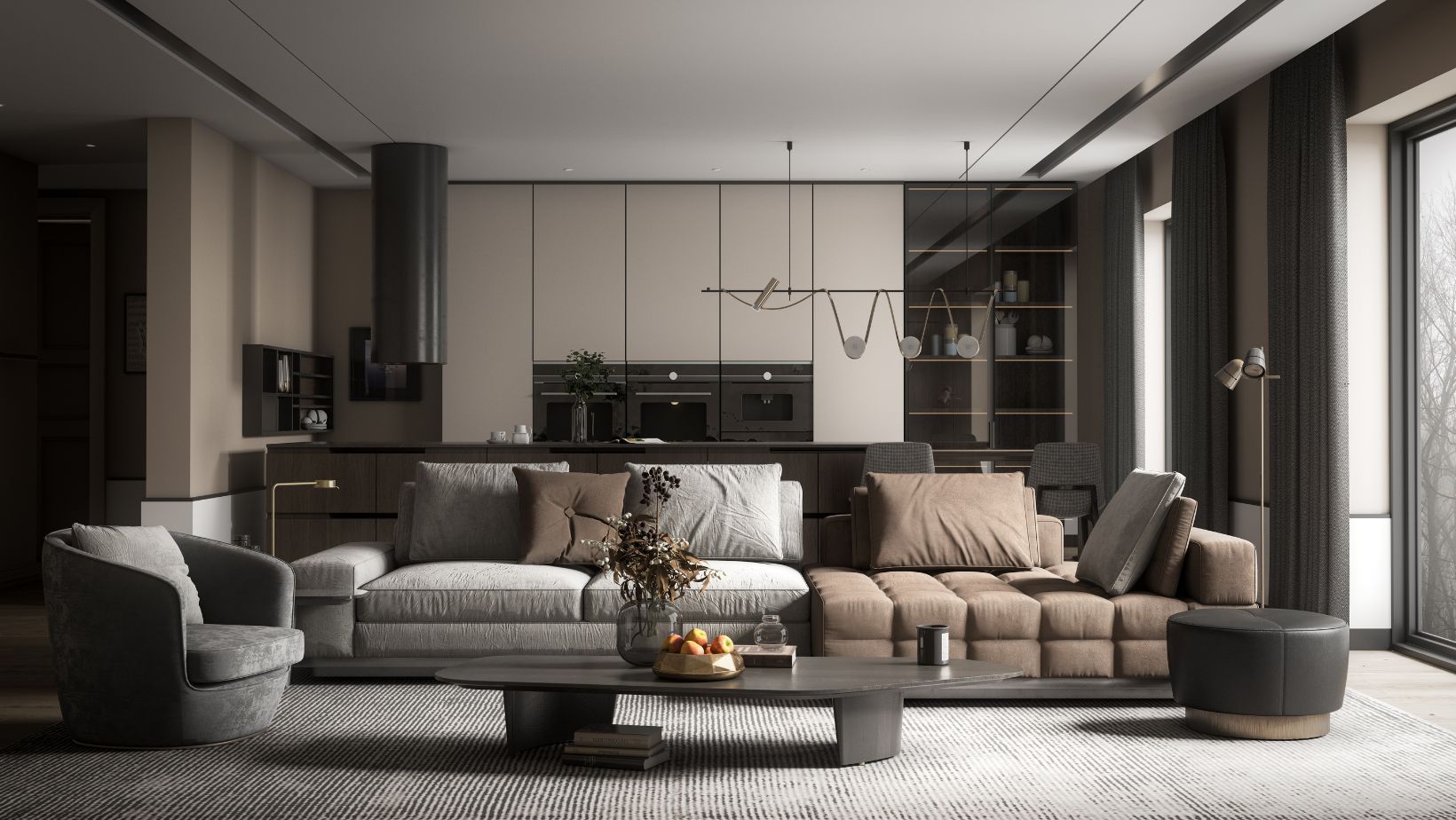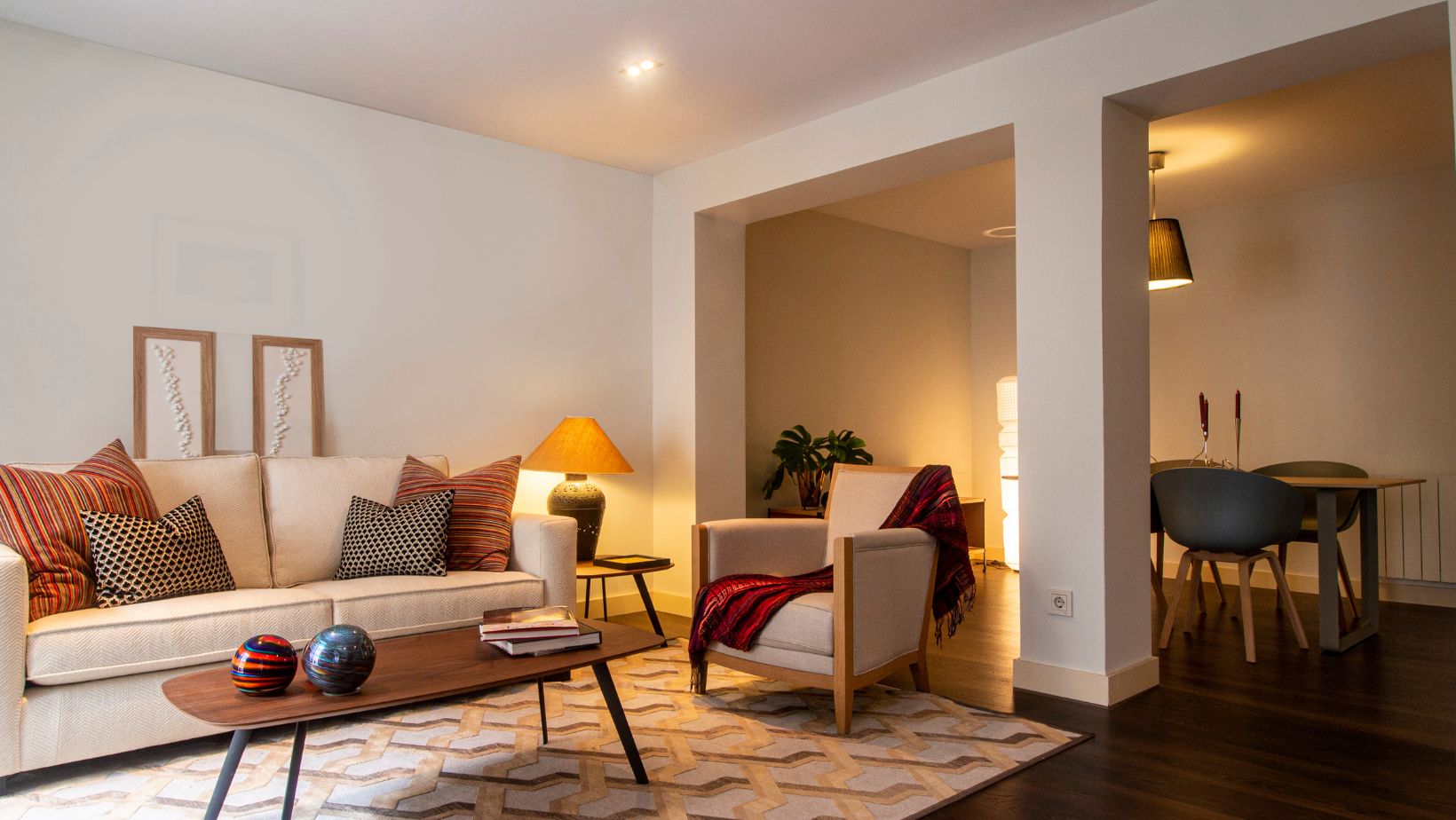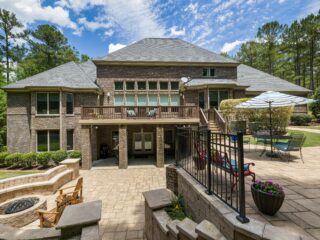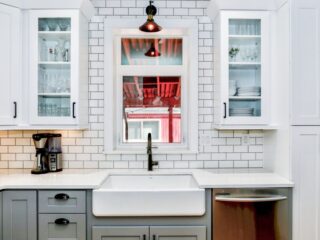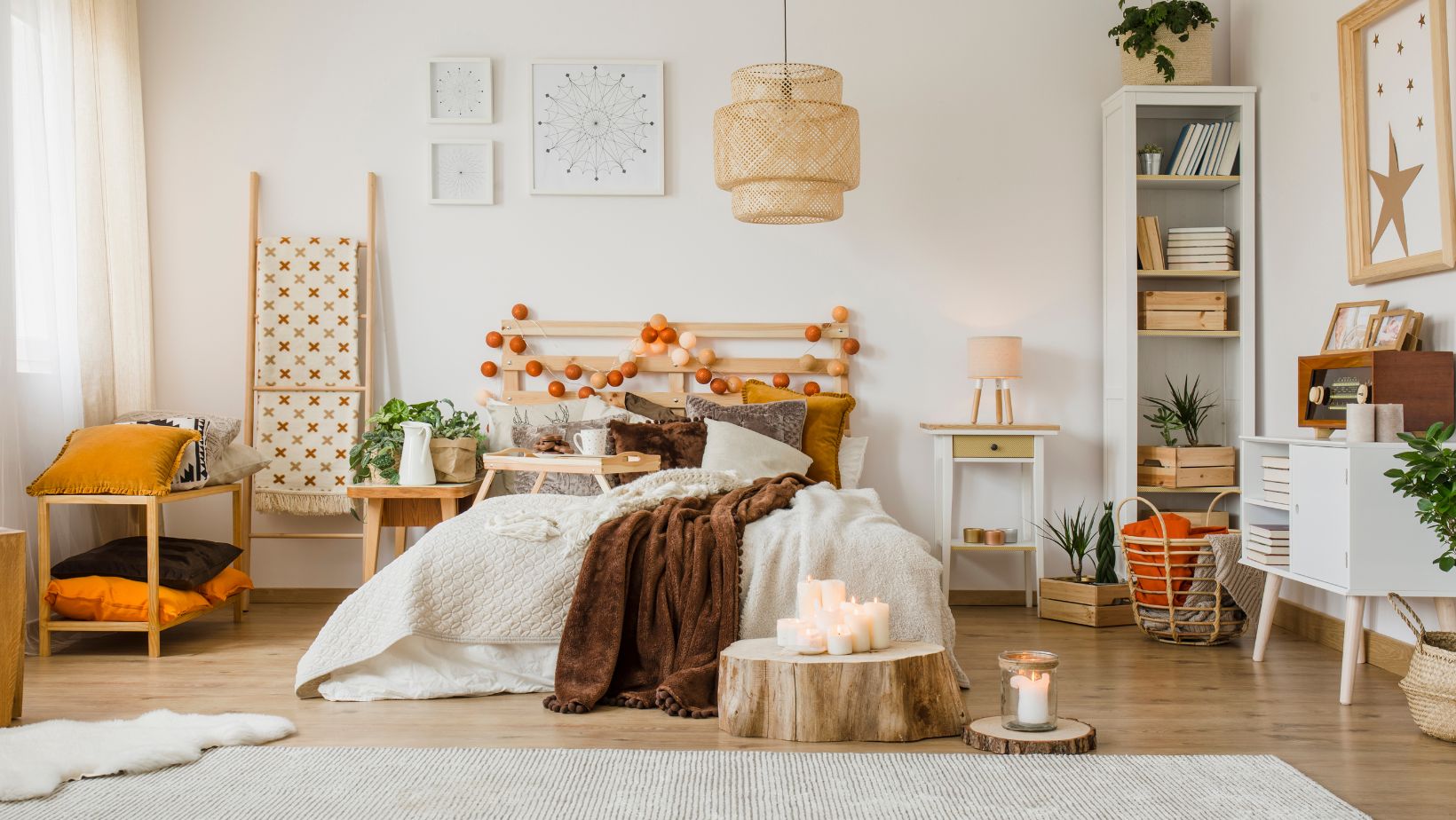
The inherently Danish concept of “hygge” has taken the world by storm in the recent several years, offering an old European alternative to the always-in-a-hurry American type of lifestyle we have all gotten used to. In fact, hygge has gained immense popularity around the world.
Somewhat similar to the classic Japanese concepts of peace, stillness, contemplation, and enjoying the small moments, hygge is about creating a warm, cozy, safe, and welcoming atmosphere for relaxation and well-being. Hygge is not only about the looks and is not only about the feels – that is, not only textures and physical space – but also about the activities and philosophy.
Without understanding the emotional and, let’s call it that way, spiritual aspects of hygge, it is impossible to recreate it in a home interior. However, thanks to the numerous Pinterest boards and Instagram bloggers, people adopted the idea of hygge being something expensive, luxurious, and high-maintenance (when in reality it can be anything but).
And yet, creating a cozy and relaxing space doesn’t mean spending a fortune, and anyone can do that on a budget. You can repurpose things you already have, take advantage of some DIY ideas, and start small. Eventually, hygge is most of all about the things that really matter – enjoying the moment, having time for ourselves and for people we care for.
Imagine coming home to the atmosphere of peace and calmness, where comfort is combined with unintrisuve style. In this post, we’ll talk about how to achieve this effect without straining your budget.
Hygge’s Inner Essence: Finding Emotional and Spiritual Peace
The true core of the hygge concept is to create a place in space and time where you can cultivate well-being, connection, and care. Not only for yourself, but also for others, including family and friends. Hygge is all about a safe space that contrasts with the rough outer world. One of the strongest nuances of hygge is to find time for things that matter.
To create outer space in a hygge style, one has to embrace the inner space first. While things like meditation, mindfulness practices and things like that do work and they do align well with hygge, some people may find them too much.
So, here are several ideas about what makes something “hygge” in emotional terms:
- small, simple, delicious food and drinks like hot cocoa, sweets, and baked goods;
- hobbies like reading, knitting, journaling, etc.
- Activities like playing board games.
It is generally about spending time quietly; if you prefer to use 70 no deposit free spins in an online casino while laying on the sofa on a rainy day, this is also hygge. The point is to find that feeling of inner and outer peace and time to enjoy something.
Now when yo have this emotional understanding, or emotional memory if you wish, of what hygge might feel like, you can start renovating your interior design.
While photos on Pinterest and Instagram may look posh, stylish, and inspiring, don’t let them fool you. Use your emotional impression as the main guide, and you will get yourself a perfect hygge design.
What Is Hygge and How To Use It In Home Design and Decor
Now let’s talk practical stuff like resources. You don’t need a huge budget because first of all, you should use your creativity and resourcefulness. Before you exhaust those two sources of ideas, don’t rush to buy anything.
Besides understanding the emotional side of hygge, please keep in mind that the visual aspects also come from the cultural background. It means that you might still lack all the necessary elements you want and enjoy so much simply because your house or apartment wasn’t built for it. With this being said, don’t be upset. There are several things that will help you achieve the needed effect without a complete renovation of your house.
Here are some practical ways to achieve hygge on a budget:
- Light: Using the right light is probably the first powerful move you can make to give your home that hygge atmosphere instantly and for a long-term perspective. You might add the textile and the colors later, but light is what you need immediately for coziness. You can use safe candles or small lamps with a yellow hue. Don’t forget about leaving some shadow in your space for the eyes to relax.
- Natural materials: When you get to the next step of adding textures and textiles, give preference to natural materials and dim natural colors. Avoid elegant shapes and items that are too expensive/creative; start small and see if it works for you.
- Start small in general. Instead of renovating your whole space and getting exhausted in no time, make one corner of the room, or one small room, a hygge space. Experiment with light, colors, and textures, and check what works. You must enjoy it and have fun, remember? Follow the concepts of hygge already when trying to embrace the style visually.
Final Thoughts
While for most people outside Denmark, hygge will always be associated only with the visual interior style; it is actually a powerful tool for creating comfort, well-being, and a place for connection through simple things.

